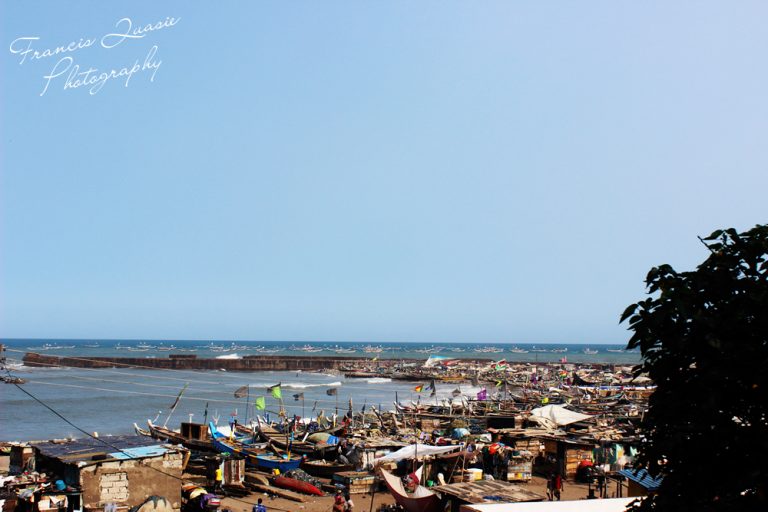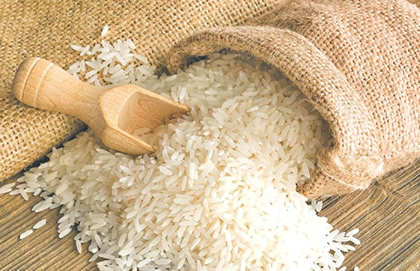The City That’s Giving People Money
- Home
- The City That’s Giving People Money

The City That’s Giving People Money

Randomly selected Stockton residents are receiving $500 a month. The experiment might prove that guaranteed income works.
Is Maggie Denang deserving of your money? How about Tomas Vargas Jr.?
Denang and Vargas are residents of Stockton, a high-poverty city on the outskirts of the Bay Area’s technology-and-wealth boom. They are also participants in a much publicized, pathbreaking project, the Stockton Economic Empowerment Demonstration, in which 130 people are receiving $500 a month for 18 months, to use however they see fit. The experiment raises the question of whether Vargas and Denang are worthy of no-strings-attached cash, or whether anyone is, or everyone is.
The program’s proponents have argued that its test subjects would be good stewards of the resources. They would use the money to improve their lives, keep the bills paid, and plan for the future—and Stockton would benefit from a little economic stimulus as they did. But the project has country-sized ambitions, not just neighborhood-sized ones. It wants to show the United States, in this age of late-capitalist excess, fear-stoking automation, polarized politics, and surging socialism, that individuals are the best judges of how to spend the resources that they have.
SEED is the brainchild of Stockton’s mayor, Michael D. Tubbs, and the Economic Security Project, a think tank and advocacy group focused on studying and promoting cash transfers in the United States. The pilot had few enrollment criteria: The recipients had to be adults in a Stockton neighborhood where the median income was at or below the city average of $46,033 a year. SEED sent letters to a randomly selected group of households meeting those criteria, and then signed up a randomly selected group of individuals who responded. In February, enrollees began receiving $500 a month, loaded onto a debit card. They were told to use the money however they wanted, with researchers studying how they fared and a group of participants agreeing to talk with the media about their lives starting this week.
Denang expressed shock at having the money fall from the sky. “I keep pinching myself,” she told me at the SEED office in Stockton. (Denang asked me not to use her full name, to help maintain her family’s privacy.) The money could not have come at a better time, she said. The native of the Northern Mariana Islands had worked as a certified nurse assistant before health issues prompted her to retire and focus on her volunteer work at a local community center. As of last year, her husband was working in seafood processing in Alaska. The pay was only $9 or $10 an hour, she told me, but with significant potential for overtime.
Then, one day in June, she did not hear from him. Three long, frightening days went by before a nurse called her to say that her husband had been medevaced to Anchorage, suffering from a kind of stroke. When she was reunited with him, she found a profoundly changed man, one still suffering today from ministrokes, paralysis, and problems with his speech and mobility.
This being the United States, the family’s medical emergency fast became an economic emergency. Denang had no income. Her husband had no income. Before SEED, the two were getting by on his $244 a month in state disability payments and her $850 a month in federal disability payments, meaning they were falling below the poverty line.
“It is a blessing,” Denang said of SEED, tearing up as she described how the $500-a-month infusion had helped them cover their bills, given them time to enroll her husband in the Social Security disability program, and let them make a plan for her to become his caregiver. She watched every single dollar, she said: When we spoke, she still had $88 left over from last month, having spent the rest on food and other necessities. She added that she and her husband had not applied for all the government benefits they likely qualified to receive.
For Vargas, the money was less of an insurance policy than a capital investment. A father and husband who works as a manager at a logistics company, Vargas told me he was using it on summer tutoring for his children, and had plans to get another degree for himself and to create investments that would spin off passive income for the family. He said that the money had also allowed him to give up some of the side gigs he took on to keep the family’s bills paid, such as fixing up cars in the evening and acting as a handyman on the weekend. “We have more family time,” he said. “I get to read bedtime stories now, and to find out what the kids did at school. The stuff that’s really important.”
Both Vargas and Denang stressed again and again, openly and subtly, how careful they were with the funds. Both had developed detailed plans for how to use the money and what to do when the payments stopped. Both stressed that they were spending only on necessities or investments. They understood, it seems to me, that there would be public scrutiny of the way people in Stockton used the money—just as there is public scrutiny of many public-benefit recipients. Vargas told me he was eager to talk to the media, to portray Stockton in a positive light and help people understand the experiment. Denang said she supported these kinds of initiatives, but worried that if everyone got this kind of money, some would spend it on things like liquor.
But what if the vast majority of people, given the chance, would be good stewards of helicopter money, like Denang and Vargas were? What if public policy were predicated on that kind of trust and lack of judgment?
SEED wants to make those what-ifs reality, showing that just giving people money would be a humane and cost-effective intervention, versus providing vouchers or food stamps or complicated tax incentives. The concept—often described as a guaranteed income, unconditional cash transfer, or universal basic income—might sound far-fetched. But it has significant cachet in the Bay Area. SEED is one of several UBI-type pilots operating in the United States, and around the world. (I wrote about many of them in my 2018 book on the subject, Give People Money.) And many Democrats are pushing for big cash policies, among them the senator and 2020 hopeful Kamala Harris.
As it is, America’s means-tested social policies operate with very little trust, as do many of its nonprofits and charities. Many states drug-test welfare recipients. The government limits what individuals can buy with food stamps or WIC funds (no imported cheese, for instance), with a number of state legislators pushing provisions that would stop families from buying luxuries such as steak and lobster as well as junk food. But study after study has shown that cash transfers do not lead families to consume more vice goods, such as cigarettes and alcohol. As a general point, cash-transfer programs tend to increase families’ consumption of the basics, and in some cases allow them to make investments that improve their income down the road. When they get cash, people tend to act like Vargas and Denang do, in other words.
Maybe, then, the government and private donors should butt out of people’s wallets and grocery carts and pocketbooks, letting them use the money as they see fit. “As an elected official, if you can’t trust your residents or the majority of your residents to make good decisions, why would you trust them to vote for you?” Tubbs, the mayor of Stockton, told me. “You have to learn that, and also learn the limits of our own knowledge. Finances are so volatile and so personal.” When families get cash, they can put the money to their most urgent need and their own best use.
For Denang, that means groceries; for Vargas, an investment in better jobs and more education for the whole family. For each of us, something wildly different and changeable and unpredictable—something only cash, and trust, would help us find.
Source: The Atlantic
Classic Ghana
Classic Ghana brings you into a fun world of arts, entertainment, fashion, beauty, photography, culture and all things in between. Let’s explore these together!


